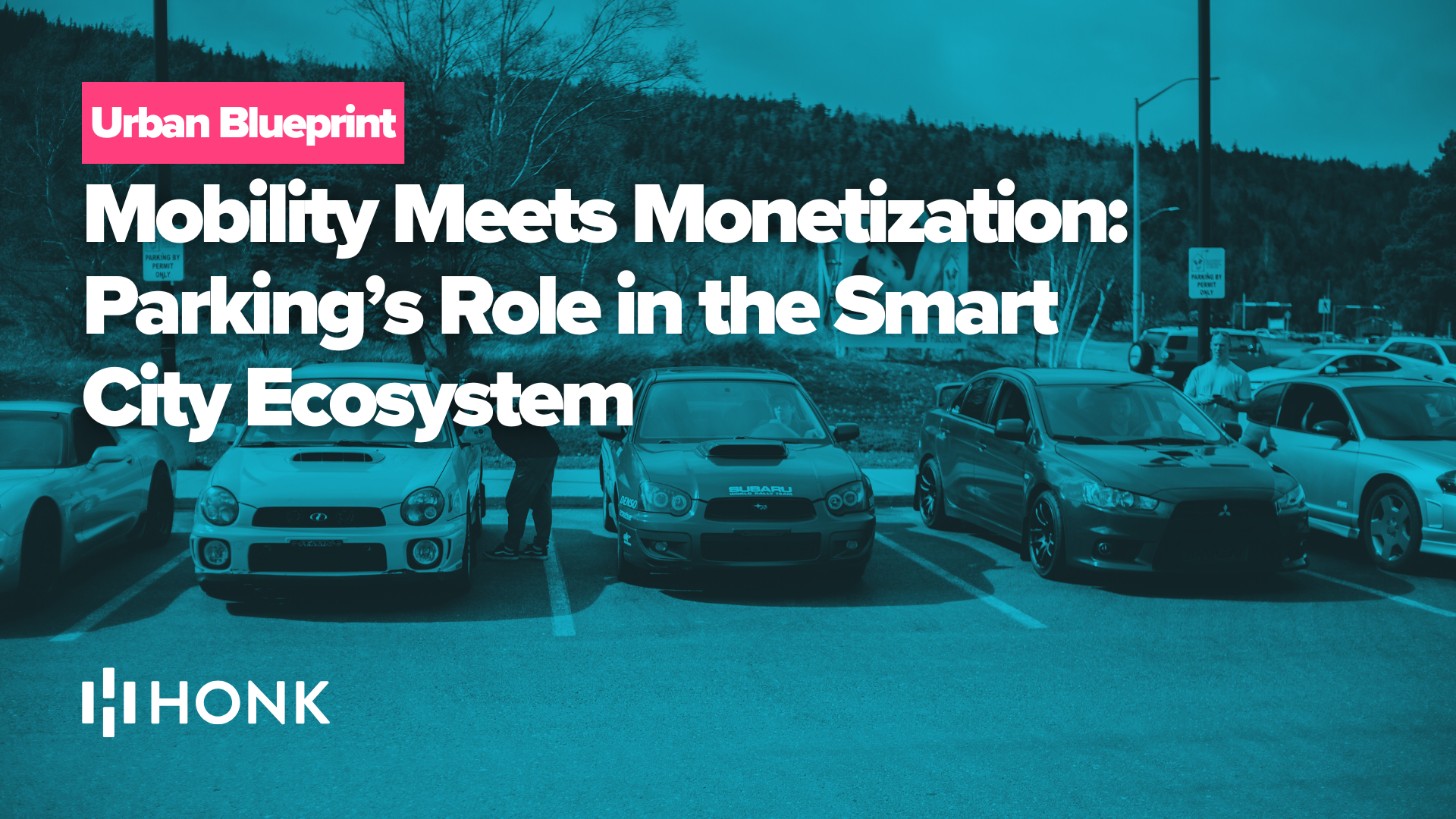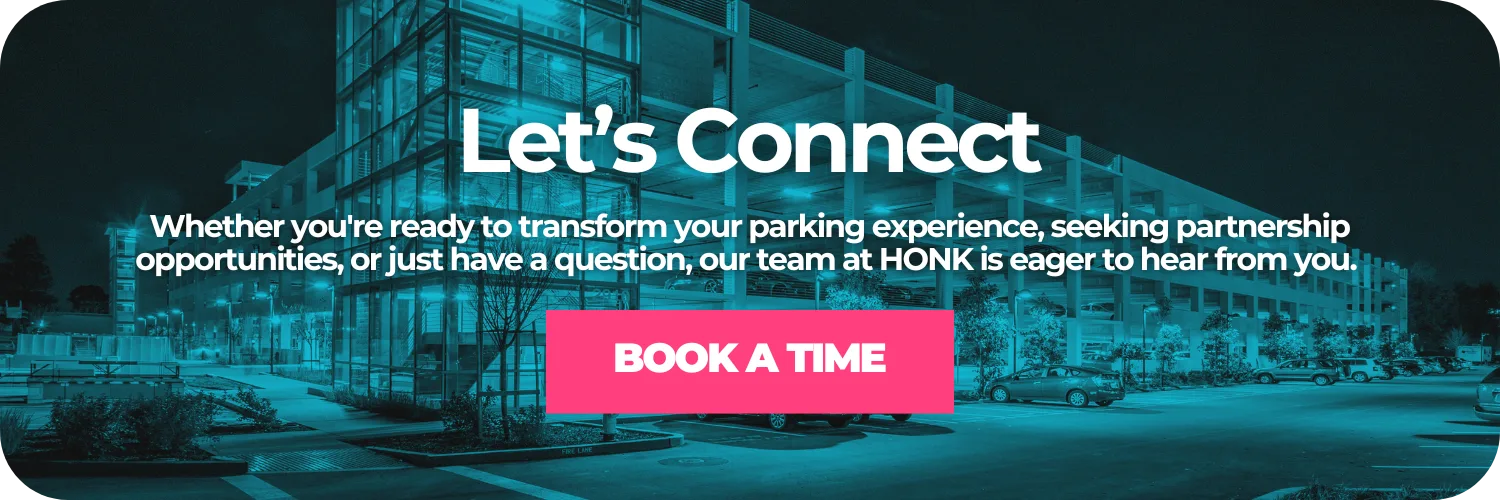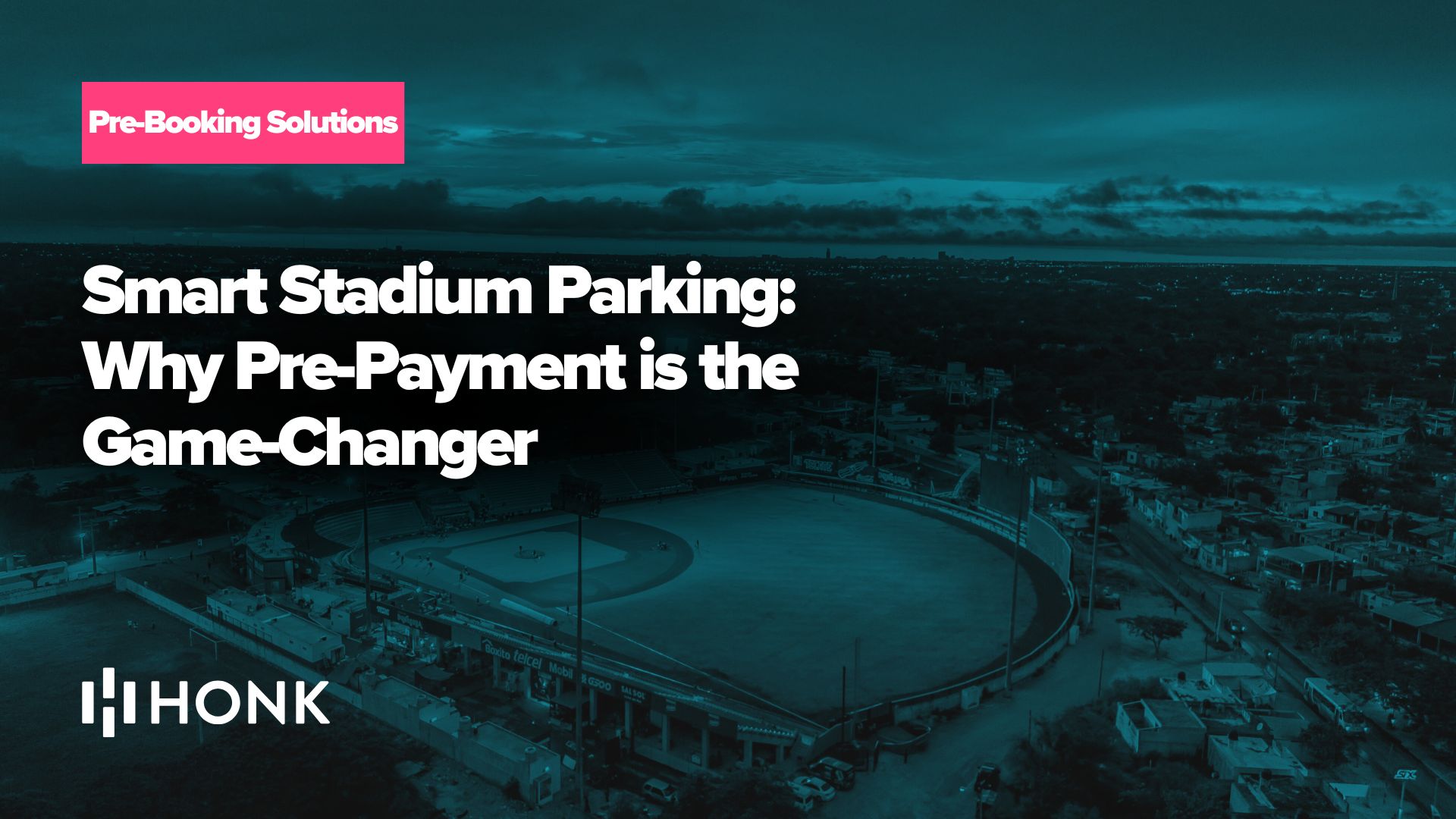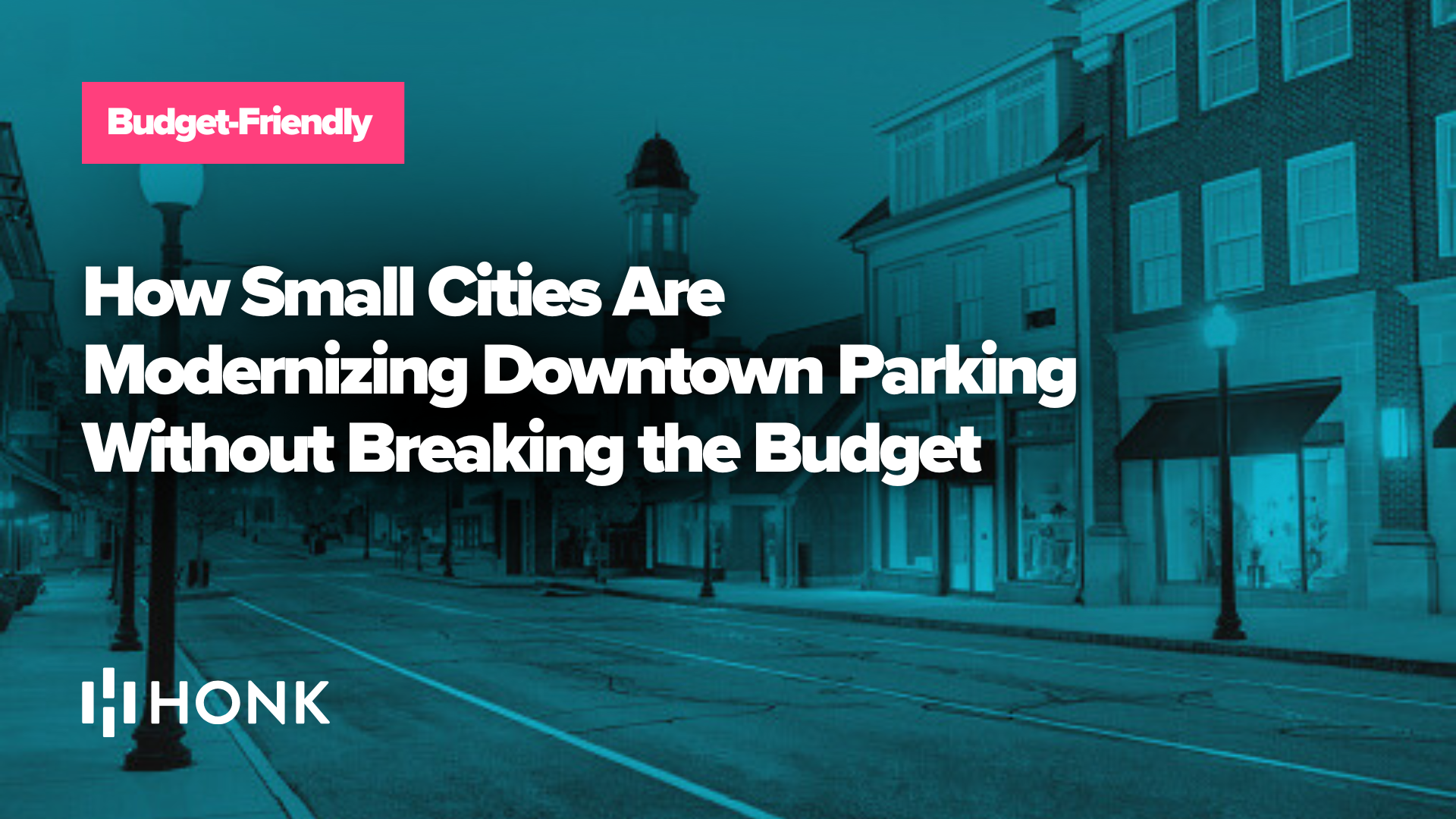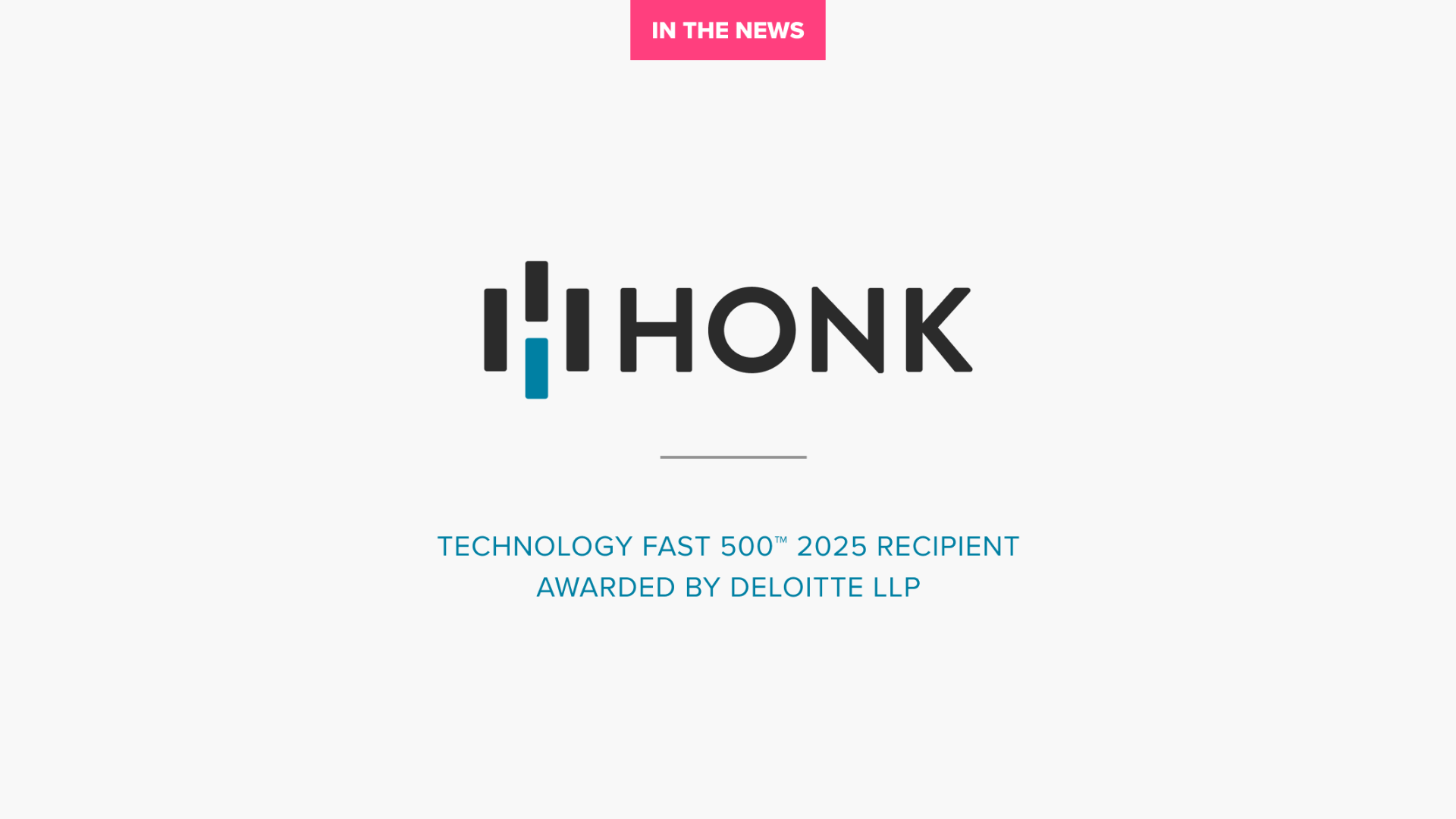As cities strive to modernize transportation, create sustainable infrastructure, and drive digital innovation, parking is emerging as a strategic asset in the smart city ecosystem.
Historically, parking was viewed as a passive service—spaces to be occupied, meters to be fed, and tickets to be issued. However, with the rise of connected infrastructure and data-driven urban planning, parking is evolving into a dynamic tool that helps cities manage congestion, generate revenue, and support seamless mobility across various modes of transport.
Here’s how parking is reshaping urban infrastructure—and how solutions like HONK are transforming once-overlooked parking assets into engines of mobility, data, and monetization.
The New Urban Blueprint: Smart Cities Need Smart Parking
Smart cities rely on integration—linking public transit, micro-mobility, traffic systems, and digital services in a cohesive way. Parking often serves as the first and last mile in that journey. Whether someone is driving downtown, using a park-and-ride, or leaving a car before hopping on a bike share or light rail, parking is the connective tissue in mobility.
To enable that connection, cities must rethink how they manage their parking infrastructure.
Traditional meters, booths, and paper permits are increasingly at odds with real-time transportation networks. They create friction for users, require manual labor to manage, and deliver little in the way of actionable data. In contrast, smart parking solutions—cloud-based, mobile-first, and fully contactless—seamlessly connect with the broader digital ecosystem.
By shifting to solutions like HONK, cities are eliminating physical infrastructure, reducing maintenance costs, and integrating parking into the urban data stream—giving planners and operators the insight they need to manage curb space, optimize pricing, and improve traffic flow.
Monetization Through Modernization
Smart parking is more than a convenience—it’s a revenue strategy.
With the right digital platform in place, cities and operators can monetize parking more efficiently and transparently than ever before. Dynamic pricing, for example, allows for adjustments based on real-time demand—helping to reduce congestion in high-traffic areas and increase usage in underutilized zones. This level of pricing control is only possible through a digital backend.
Additionally, contactless payments, license plate-based permitting, and mobile validations not only improve the parker experience—they also reduce leakage, eliminate hardware costs, and unlock new revenue opportunities. Whether it’s paid on-street parking, zoned residential permits, or event-based rates, smart parking turns every space into a data-generating, revenue-producing asset.
Data That Drives Urban Intelligence
In a smart city, data is infrastructure. Parking systems that operate in digital silos—unconnected and untracked—represent lost opportunities. With a platform like HONK, every transaction, session, and interaction contributes to a deeper understanding of how people move through urban space.
This data can inform:
- Curbside management policies: Helping cities better allocate space for delivery vehicles, rideshare drop-offs, and micromobility.
- Infrastructure planning: Using demand heatmaps and usage patterns to inform decisions about new lots, transit routes, or commercial development.
- Policy development: Supporting equity initiatives, climate goals, and community engagement with transparent, real-time analytics.
With HONK, cities gain a live, centralized dashboard of parking behavior—no clipboards, spreadsheets, or secondhand assumptions required.
A Platform Approach to Public-Private Partnerships
As cities expand their smart infrastructure, public-private partnerships (PPPs) are becoming essential. Parking presents one of the most direct and immediate opportunities for these partnerships to succeed.
Digital parking platforms like HONK enable cities to rapidly modernize without overhauling existing infrastructure. Because the solution is mobile-first, app-optional, and hardware-free, municipalities can implement it without costly capital investments—while still delivering a modern, seamless experience for users.
For private operators managing municipal lots or garages, the benefits are just as clear: more efficient operations, higher compliance, real-time pricing controls, and a better parker experience.
Enabling Seamless Mobility
At its core, a smart city is about making movement easy. That means enabling residents and visitors to navigate the city with as little friction as possible—regardless of whether they’re walking, biking, driving, or taking public transit.
Parking can support this seamless mobility—but only when it’s digital, dynamic, and connected.
With HONK, users don’t need to download an app, fumble for coins, or find a payment machine. A simple scan of a QR code or tap on a link brings them straight into the payment flow. Want to extend time? It’s done in seconds. Need to register for a permit? No waiting, no mailing—just a few taps online.
This ease of use supports greater adoption of sustainable transportation. It makes it easier to park near a transit station. It encourages shared mobility. And it frees up staff time so cities can focus on long-term planning, not short-term enforcement.
Turning Parking into a Strategic Asset
When cities start treating parking as a tool—not a problem—they unlock new potential across their mobility ecosystems. Smart parking isn’t just about digitizing payments. It’s about:
- Replacing outdated infrastructure with agile, cloud-based tools.
- Monetizing space more efficiently.
- Connecting users to services across the city.
- Using real-time data to inform smarter decisions.
HONK’s platform is built for exactly this role. By removing the friction from parking, integrating with mobility networks, and enabling powerful backend controls, HONK empowers cities to move from reactive management to proactive strategy.
And in the smart city era, that shift isn’t optional—it’s essential.
Ready to make parking part of your city’s smart future?

